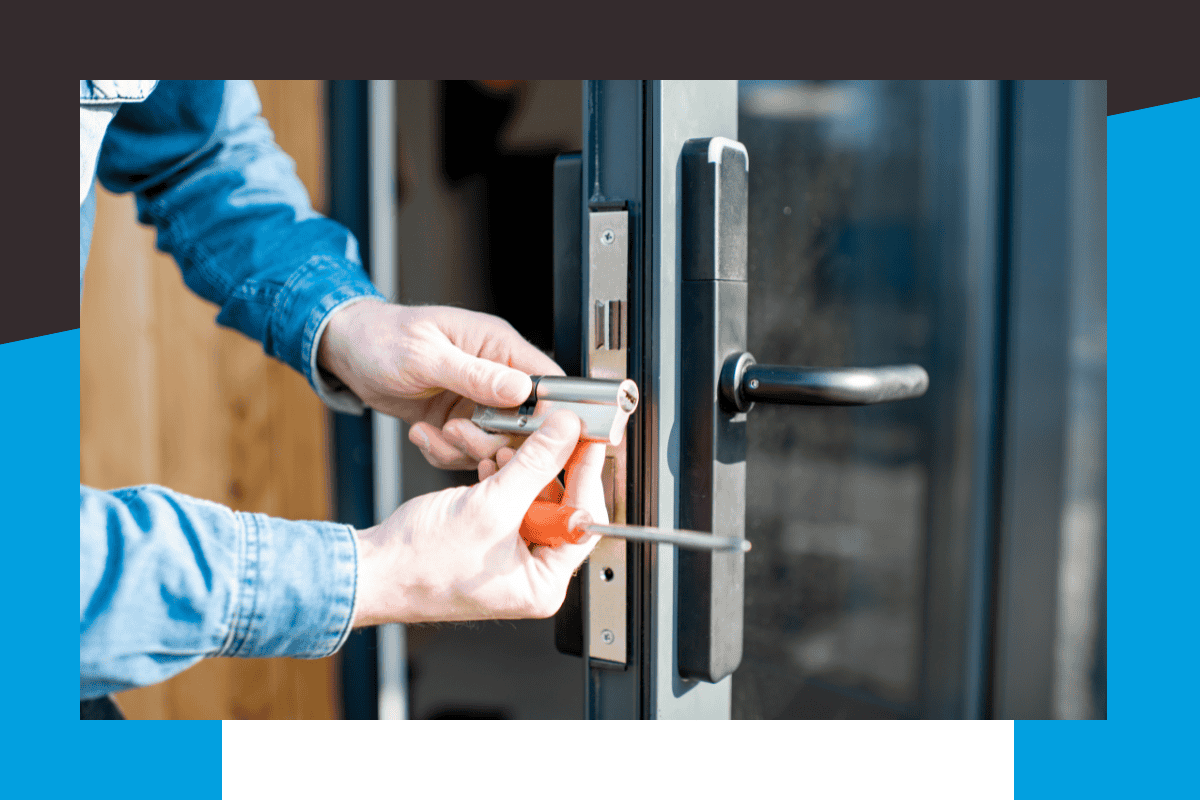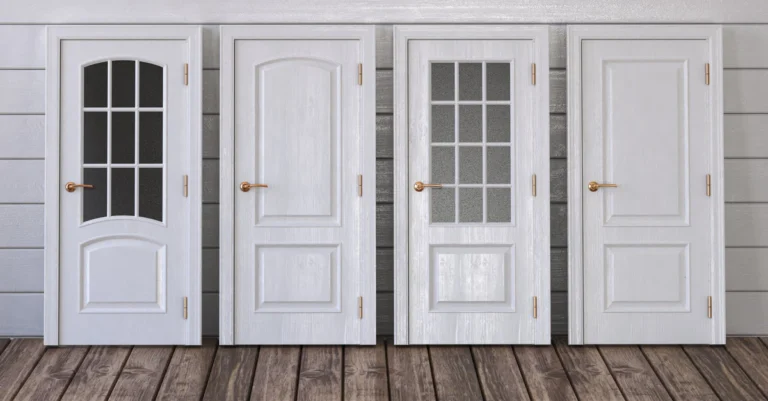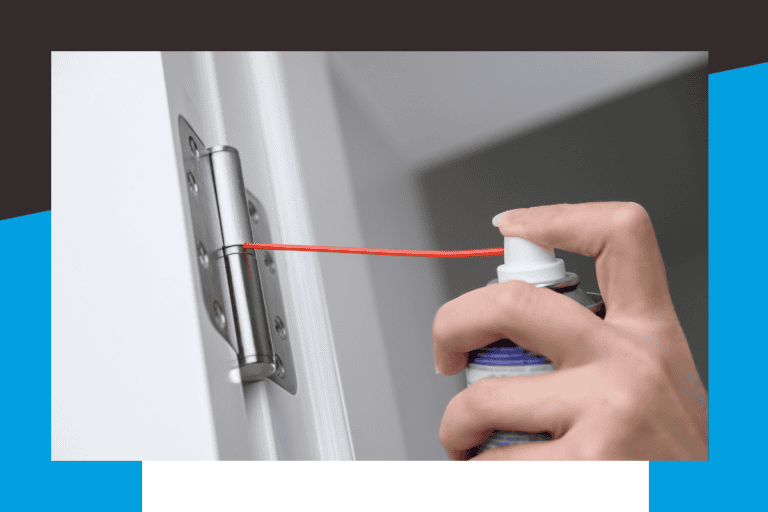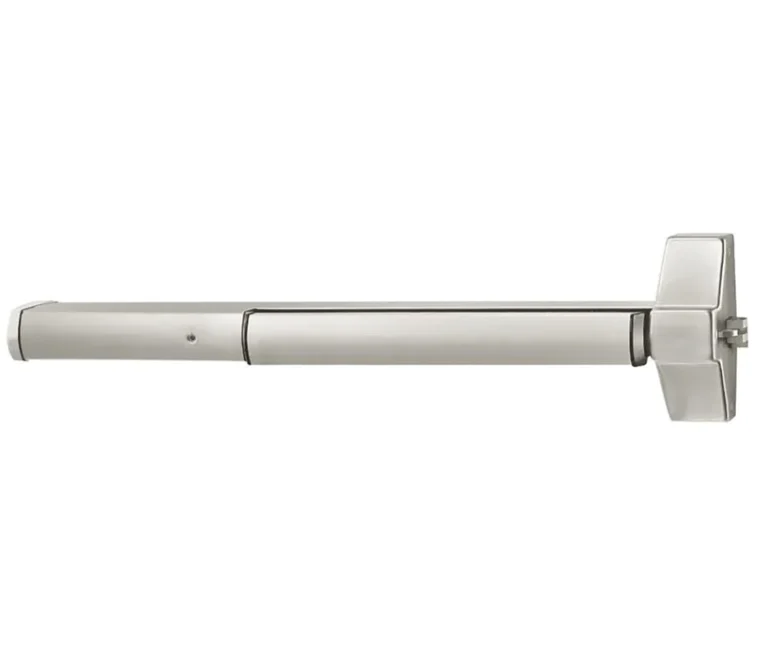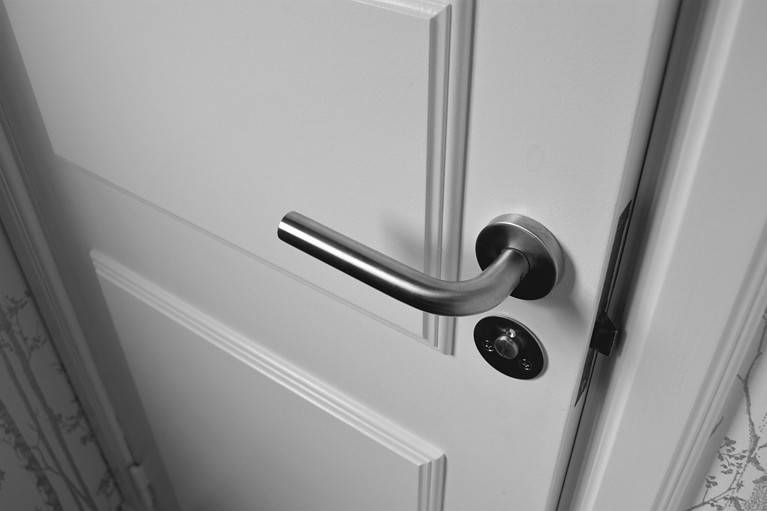Having problems with your door lock? Whether your key won’t turn, your deadbolt is stuck, or your door handle is loose, this guide offers practical solutions for door lock repairing. Learn how to diagnose and fix these common issues yourself, and know when it’s time to call a locksmith.
Functional door locks are the guardians of our homes, offering security and peace of mind. A well-maintained door lock keeps your home safe from potential intruders. However, door locks, like any other hardware, can suffer from wear and tear, leading to various issues that disrupt daily life. Addressing these problems promptly can prevent further damage.
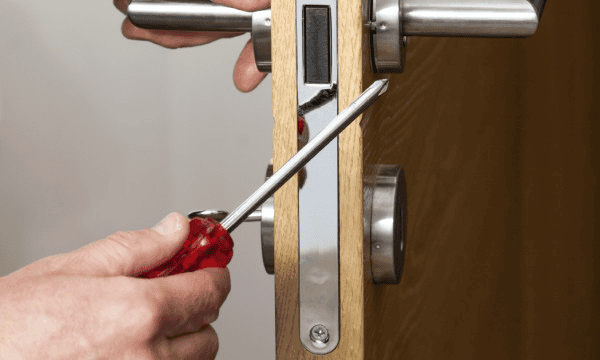
Common door lock problems can range from minor inconveniences to significant security threats. Imagine trying to unlock your front door, only to find the key won’t turn, or worse, it breaks off inside the lock. Such incidents not only cause frustration but can also compromise your home’s security.
Diagnosing Common Door Lock Issues
Door lock issues can manifest in various ways, from jammed locks to malfunctioning mechanisms. Recognizing these problems early can save you from the hassle of dealing with a broken lock later on. Common problems with door locks include jammed locks and malfunctioning locks, which can make it difficult to secure your door properly.
One of the first signs that your lock may need repair is difficulty turning the key or hearing unusual noises when you try to operate the lock. These indicators often point to underlying issues that, if left unaddressed, could lead to a complete lock failure. First, you need to identify the issue with the door lock. Then, determine the cause of the problem.
Diagnosing a door lock issue requires a thorough inspection. Check the lock, door knob, and strike plate for signs of wear and tear, rust, or corrosion. Misalignment of the strike plate or debris buildup can prevent the deadbolt from extending fully, causing a stuck deadbolt or difficulty closing the door.
Locks often become stiff or jammed due to dirt, debris, or rust inside the mechanism. Regular maintenance, including tightening screws and using lock lubricant, can resolve these issues and ensure smooth operation.
Understanding and diagnosing common door lock issues allows you to address them before they become severe problems. Identifying the root cause, whether it’s a misaligned strike plate, loose door knobs, or a stuck deadbolt, is crucial for effective repair.
Essential Tools for Door Lock Repairing
Having the right tools is vital for any door lock repair project. Various screwdrivers, particularly #2 Philips drivers, are necessary for removing and replacing screws in door locks. A complete set, including Phillips and flat-head types, ensures you can tackle different lock mechanisms effectively.
Graphite lubricant is essential for door lock repair. It addresses stiffness issues, whereas oil-based lubricants can worsen the problem. Spraying graphite lubricant into the keyhole restores smooth operation to a stiff lock. Avoid oil-based lubricants as they can exacerbate the situation.
In addition to screwdrivers and lubricants, other essential tools include needle nose pliers for gripping components and a set of replacement screws to secure parts. These will equip you to handle a range of common door lock issues effectively.
DIY Door Lock Repair Techniques
Minor door lock issues are often easy to fix with the right techniques and tools. Common minor issues that indicate repair needs include a misaligned strike plate, loose screws, and a sticky lock. Addressing these problems promptly can prevent them from escalating into more severe issues that might require professional locksmith services.
Regular maintenance is also crucial for ensuring the longevity of your door locks. Lubricating door locks at least once a year and addressing any simple locking issues promptly can keep your locks in good working condition. Proper alignment of lock bolts is essential to ensure they engage correctly for smooth locking and unlocking.
1. The Key Won’t Turn
What’s Happening?
This problem usually occurs due to dirt in the lock cylinder, a misaligned strike plate, or a damaged key. These issues make it difficult or impossible to turn the key.
How to Fix It:
- Clean the lock: Spray a graphite-based lubricant into the keyhole to loosen debris. Avoid oil-based lubricants to prevent attracting dirt.
- Inspect the key: Check for bends or wear. If it’s damaged, replace it at a local hardware store.
- Check alignment: Examine the strike plate and ensure it aligns with the lock mechanism. Tighten any loosen screws or reposition the plate as needed.
2. Fixing a Misaligned Strike Plate
What’s Happening?
A misaligned strike plate can prevent the deadbolt or door latch from functioning properly, making the lock unreliable.
How to Fix It:
- Loosen the screws: Use a screwdriver to loosen the screws holding the strike plate in place.
- Adjust the plate: Shift the strike plate until it aligns correctly with the lock.
- Test the door: Close and lock the door to ensure the deadbolt or latch operates smoothly.
- Fix the plate: Once aligned, tighten the screws to hold the strike plate firmly in place.
Pro Tip: Ensure the strike plate is clean and lubricated after adjustment for optimal function.
3. Repairing Loose Door Knobs and Handles
What’s Happening?
Loose door knobs or handles are a common issue that affects door functionality and safety. This problem is often caused by loose screws or worn internal components.
How to Fix It:
- Tighten screws: Use a screwdriver to secure any loose screws.
- Replace the spindle: If tightening doesn’t resolve the issue, consider replacing the spindle.
- Repair screw holes: For stripped screw holes, use glue and wood matchsticks to fill the hole and provide a sealed base for the screws.
4. Dealing with Stuck Deadbolts
What’s Happening?
A stuck deadbolt can occur due to rust, debris, or misalignment, making it difficult to lock or unlock the door.
How to Fix It:
- Apply penetrating oil: Spray directly into the keyhole and around the edges of the deadbolt to loosen rust or debris.
- Tap gently: Use a rubber mallet to lightly tap the deadbolt, helping to dislodge internal rust.
- Test the operation: After applying the above methods, test the deadbolt multiple times to ensure smooth function.
Pro Tip: If the problem persists, inspect the strike plate for alignment issues or call a professional locksmith.
5. Sticky Lock
What’s Happening?
A sticky lock often occurs when the lock mechanism is dirty or dry, making it hard to insert or turn the key.
How to Fix It:
- Apply lubricant: Use a graphite-based lubricant to coat the internal mechanism.
- Test the key: Insert the key and gently turn it to distribute the lubricant evenly.
- Repeat as necessary: If the lock remains sticky, apply more lubricant and test again.
By following these steps, you can resolve common issues by making minor adjustments and ensure your door lock functions smoothly.
When to Replace Your Broken Door Lock
While many door lock issues can be repaired, some situations require replacing the lock entirely. A broken door lock can lead to safety issues and should be addressed promptly. Changing locks every seven years is recommended to meet modern security standards.
Replace locks immediately if there is any suspicion of unauthorized key access. Additionally, visibly damaged or worn-out locks should be replaced to ensure safety. Moving into a new home or apartment often requires rekeying or replacing locks due to unknown key distribution.
Replacing faulty lock bolts can enhance the security and functionality of the locking mechanism, which often involves ensuring proper alignment. Changing a door lock can cost between $50 to $250, depending on the type of lock and service. A locksmith is essential when keys are lost or stolen to regain access and ensure safety.
Handling Specific Door Lock Problems
Certain door lock problems require specific solutions. Issues such as frozen door locks, broken keys in the lock cylinder, and faulty lock bolts can be particularly challenging. Knowing the right techniques and tools can make all the difference in these cases.
1. Frozen Door Locks
What’s Happening?
Frozen locks occur when moisture enters the lock mechanism and freezes, making it impossible to turn the key or operate the lock.
How to Fix It:
- Apply heat: Use a hairdryer to blow warm air directly onto the lock.
- Use de-icing spray: Spray a lock de-icer into the lock to melt the ice.
- Lubricate the lock: Once thawed, apply a graphite-based lubricant to prevent moisture buildup.
Prevention Tip: Regularly lubricate the lock mechanism and use weather-resistant lock covers to minimize exposure to moisture.
2. Broken Key in Lock Cylinder
What’s Happening?
Keys can break inside the lock cylinder due to wear, improper use, or forcing a stuck key, leaving the lock unusable.
How to Fix It:
- Use needle-nose pliers: Gently grab the exposed portion of the broken key and pull it out.
- Apply penetrating oil: Spray into the keyhole to loosen the broken piece.
- Try a broken key extractor tool: Insert the tool and carefully wiggle the key fragment out.
- Use a magnet: If the key is metal, a strong magnet may help extract it.
Pro Tip: Avoid forcing it into the lock, as this can cause further damage. If the key remains stuck, consult a professional locksmith.
3. Faulty Lock Bolts
What’s Happening?
Rusted or misaligned lock bolts can prevent the lock from securing properly, compromising your door’s security.
How to Fix It:
- Loosen rusted components: Apply oil to rusted bolts or screws and let it sit for a few minutes.
- Check alignment: Ensure the lock bolts align correctly with the strike plate.
- Tighten screws: Secure loose screws or replace them with new ones if necessary.
- Replace damaged bolts: If the bolts are severely damaged, replace them with compatible parts from a local hardware store.
4. Lock Cylinder Turns, But Door Doesn’t Open
What’s Happening?
This issue occurs when the internal linkage connecting the lock cylinder to the door latch is disconnected or broken.
How to Fix It:
- Open the lock housing: Remove the lock cover and inspect the internal linkage.
- Repair or replace damaged parts: If parts are disconnected or broken, purchase replacements from a local store.
- Call a locksmith: For heavily worn or complicated internal damage, a professional locksmith can make the necessary repairs.
5. Deadbolt Doesn’t Extend
What’s Happening?
An obstructed or misaligned strike plate prevents the deadbolt from extending fully, leaving the door insecure.
How to Fix It:
- Test the deadbolt: Open the door and extend the bolt without the strike plate. If it works, the plate is likely misaligned.
- Realign the strike plate: Unscrew the plate, reposition it, and tighten the screws to ensure proper alignment.
- Clear obstructions: Check the door frame and remove debris blocking the bolt’s path.
6. Jammed Lock
What’s Happening?
Dirt, rust, or debris inside the lock can block the mechanism, making it impossible to operate. In some cases, the lock cylinder itself may be damaged.
How to Fix It:
- Clean the lock: Use compressed air to blow out debris and follow up with a graphite-based lubricant.
- Test the key: Insert and gently turn the key to check if the lock works. Avoid forcing the key to prevent it from breaking.
- Call a locksmith: If cleaning doesn’t resolve the issue, the internal components may need repair or replacement.
If the problem persists despite these efforts, it may be necessary to replace the entire lock mechanism or seek professional locksmith services.
Professional Locksmith Services
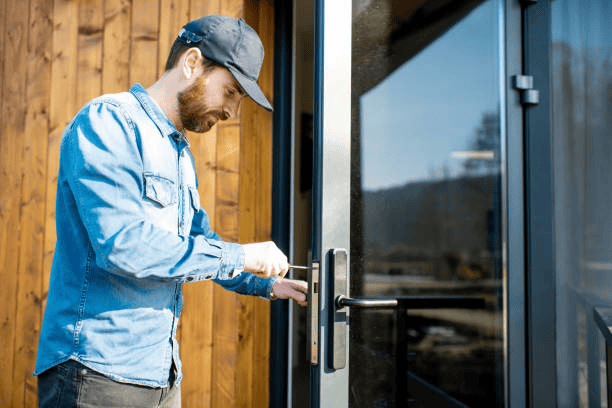
For complex problems, safety concerns, or warranty issues, hiring a professional locksmith is recommended. While DIY repairs can be cost-effective, they may not always be feasible, especially if you lack the correct tools or skills. They have the expertise to handle issues that DIY repairs cannot, such as retrieving a broken key when conventional tools fail.
Choosing a local, certified locksmith ensures quick response times and reliable service. Checking online reviews can help identify reputable locksmiths and avoid scams. A professional locksmith can effectively address issues and provide peace of mind knowing your door lock is secure.
Whether it’s a stuck deadbolt, frozen, or broken key, professional locksmith services can save you time and prevent further damage to your door lock mechanism.
Cost Considerations for Door Lock Repair
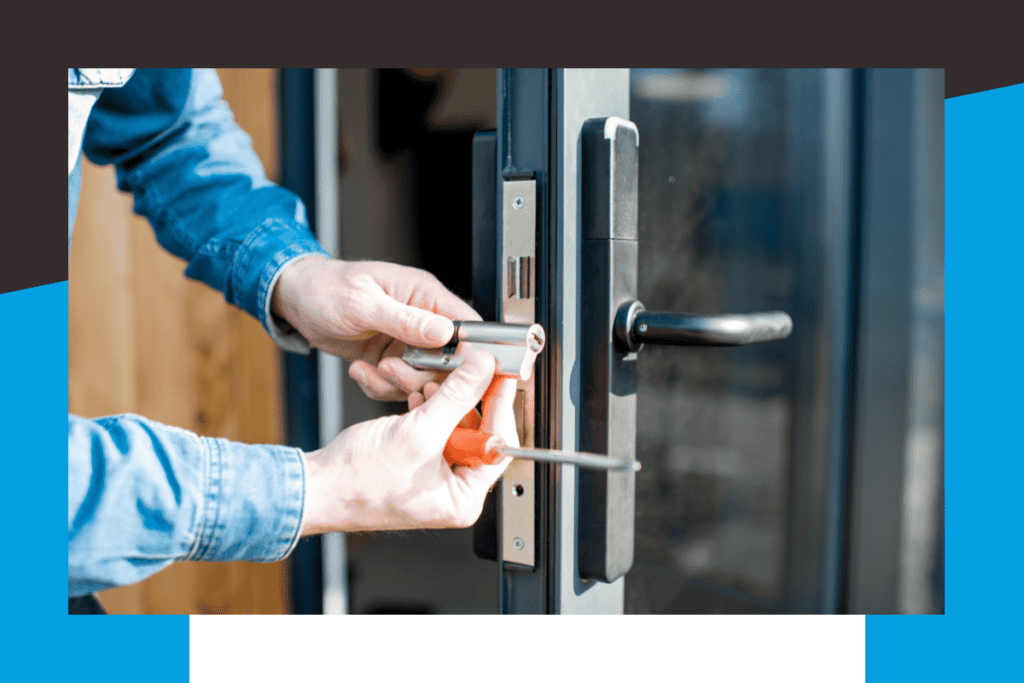
The cost of hiring a locksmith typically falls between $100 to $250 for a service call. However, locksmith services can be more expensive during peak hours, with surcharges up to $150. Emergency locksmith services typically incur additional charges, ranging from $150 to $250.
While DIY repairs may save costs, potential mistakes can lead to higher expenses over time if professional correction is needed. Weigh the long-term value and security of your door lock when choosing between DIY and hiring a locksmith. Ensuring it is repaired correctly can prevent future issues and provide peace of mind.
Considering these factors can help you make an informed decision about whether to attempt a DIY repair or seek professional locksmith services for your door lock issues.
Summary
In summary, maintaining a functional door lock is crucial for home security. Understanding common door lock issues, having the right tools, and knowing when to call a professional locksmith can save you time, money, and frustration. Regular maintenance and prompt repairs can prevent minor problems from escalating into major issues that compromise your home’s security.
By following the troubleshooting techniques and repair tips outlined in this guide, you can address common door lock issues effectively. Whether it’s fixing a misaligned strike plate, repairing loose door knobs, or dealing with a stuck deadbolt, taking proactive steps ensures that your doors remain secure and functional. Don’t hesitate to seek professional help when needed to ensure the safety and security of your home.
